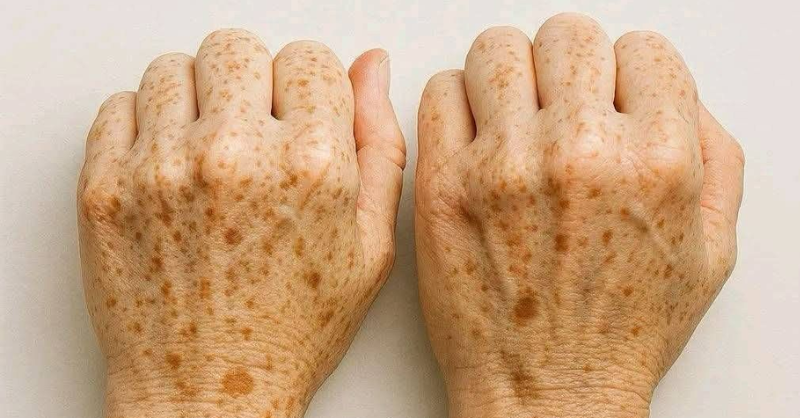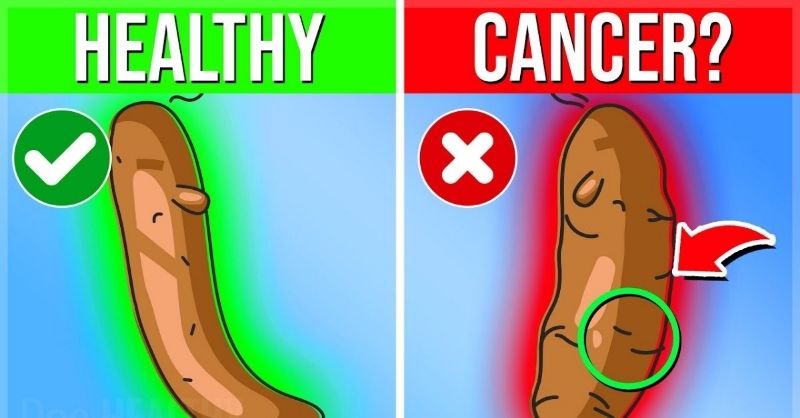
Diabetes is often called a “silent enemy” because it can progress for years without obvious symptoms. Yet the body does provide subtle warnings, and one of the most important places to look is your feet. Any unusual change in their appearance or sensation deserves close attention.
Why the Feet Are So Important
When blood sugar is poorly controlled, small blood vessels and nerves are damaged. Because the feet are at the farthest point from the heart, they are among the first areas to show these warning signals. Changes in color, texture, or feeling should never be ignored.
Visible Foot Changes Linked to Diabetes

- Dry or cracked skin: Excessively dry skin or deep cracks, especially around the heels, may point to circulation problems.
- Persistent dark patches: Spots that look like bruises but do not fade could be signs of reduced blood flow.
- Numbness or tingling: Known as diabetic neuropathy, this loss of sensation is particularly dangerous because small injuries can go unnoticed. Cuts or blisters may then worsen due to slower healing.
- Swelling and redness: If accompanied by warmth, these are classic signs of inflammation or infection. Diabetes weakens the immune system, making infections more severe and harder to treat.
If you notice any of these changes, consult a doctor promptly. A simple blood test can confirm whether diabetes is the underlying cause. Early diagnosis is critical for preventing serious complications.
Taking Action Early
Medical care usually combines strict blood sugar management with dedicated foot care. Key steps include:
- Moisturizing daily to prevent cracks
- Inspecting feet regularly for cuts, swelling, or color changes
- Choosing shoes that protect against friction and injury
Lifestyle habits also play a major role. A balanced diet and regular exercise help stabilize blood sugar, improve circulation, and keep the feet healthier overall.
Prevention Is the Best Protection

For people with diabetes, vigilance is essential. Even a small blister, redness, or unexplained pain should be treated as a serious warning. Without attention, minor injuries can progress to ulcers or, in severe cases, lead to amputation.
What many people don’t realize is that these early signs often appear before more advanced complications develop. Listening to your body—especially to what your feet are telling you—can be life-saving.
Your feet can reveal crucial clues about hidden diabetes. Watch them closely, take changes seriously, and seek medical guidance before it’s too late.




